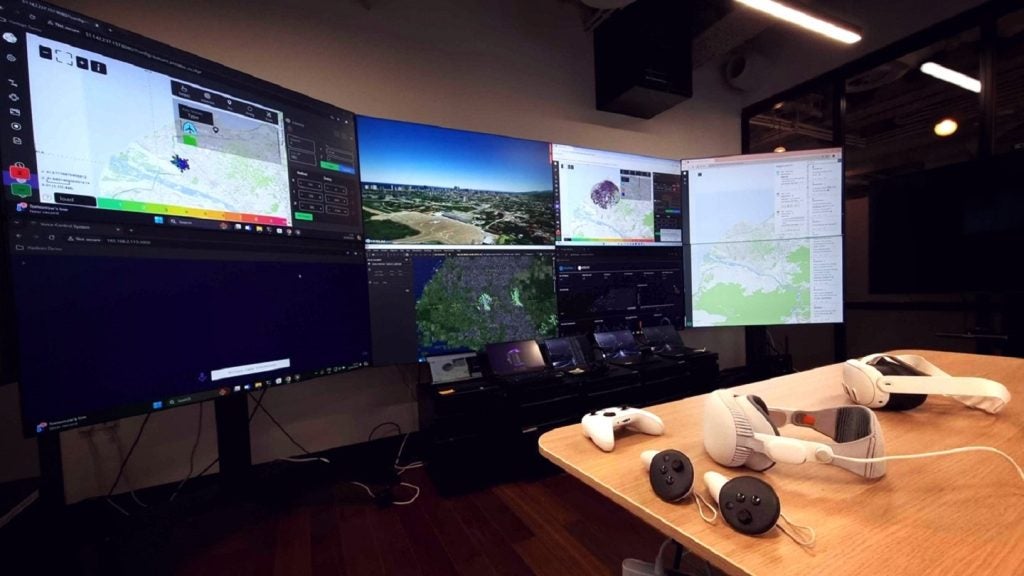
For much of the last century the pursuit of ever-more advanced military equipment has been one of the primary drivers of technological advance within our society. This placement of military research and development, and procurement at the tip of the technological sword, carried with it project risks that have since made military procurement a byword for cost over-runs and delay.
Since the 1970s the steady shift towards a consumer-based society and economy has seen civilian commercial entities increasingly replace traditional military suppliers as the leading drivers in technological advance.
In no industrial sector is this more apparent than in electronics, where the once dominant technological edge of military electronics of the 1960s has been replaced with the increasingly cutting-edge nature of civilian microelectronics driven by insatiable consumer demand.
Following the end of the Cold War in an era of reduced military spending and fiscal restraint the need to reduce costs within logistics supply chain resulted in a 1994 review of defence supplier requirements. This was undertaken by then American Secretary of Defense William Perry.
The outcomes of this review led to an evolution of the mechanisms and strategies that have driven military procurement since the Second World War. This evolution has seen a shift away from traditional procurement techniques to an ever increasing application of commercial-off-the-shelf (COTS) technological solutions to military procurement requirements.
See Also:
As a part of this strategy overhaul modern project and risk-management techniques to assist in the delivery of projects within specified timeframes and budgets have also become popular.
How well do you really know your competitors?
Access the most comprehensive Company Profiles on the market, powered by GlobalData. Save hours of research. Gain competitive edge.

Thank you!
Your download email will arrive shortly
Not ready to buy yet? Download a free sample
We are confident about the unique quality of our Company Profiles. However, we want you to make the most beneficial decision for your business, so we offer a free sample that you can download by submitting the below form
By GlobalDataWHAT IS COTS?
As one of the buzzwords in military procurement of the past decade COTS is a commonly used but often misunderstood term. COTS is the application commercial off-the-shelf products as the whole or part solution to military product requirements.
The original aim behind COTS was that by moving away from military specifications towards commercial technologies, a commensurate reduction in development costs, equipment costs and obsolescence would occur. COTS systems would be cheaper, more regularly updated and the development costs of the technologies wouldn’t have to come primarily out of defence force budgets.
Arguably the most successful application of COTS has been the integration of commercial integrated circuits, I/O interfaces and single-board computers. With an increasing commonality between the IT hardware and software infrastructure of military applications, the adaptation of existing systems to meet new requirements has become a more attractive proposition.
Indeed the application of commercial printed circuit boards and I/O standards has allowed for the easy insertion of technological advances without the need to reengineer systems. Designers now have the ability to use a common basic IC system as the technological backbone of mission computers, display systems, navigation systems and communications systems through the introduction of add-on graphics or I/O modules.
The benefits of the COTS approach include not only easy upgrades and associated performance increases, but there is also an economy of scale impact. Simply put, the adoption of mass-market products has helped with the more efficient resolution of design defects, a reduction in non-recurring engineering costs and diffusion of development costs.
While the introduction of COTS helps to mitigate a number of procurement risks, there are also implantation issues. Central among these potential problems has been the question over the provision of long-term post-deployment support of systems.
The highly competitive nature and short life cycle of commercial products does not lend itself to the long deployment durations of military systems. Indeed whilst the commercial electronics are often rendered obsolete two to five years after introduction, military systems are often required to remain in operation 20 years after deployment.
The question of who will provide long-term support in the absence of a supplier that may no longer be in existence or will have switched to new and likely incompatible products remains a vexing one, with no clear answer.
RISK MANAGEMENT
Analogous to introduction COTS has been the increasing realisation within defence procurement organisations that the application of modern project management and risk management techniques is vital to the successful delivery of procurement programmes and management of logistic supply chains.
With the application of commercial electronics, much of the guidance when looking at the development of military technical risk assessments and project management has been derived from commercial standards and models. This might not always be an ideal ‘mesh’ by virtue of the different key goals that military and commercial organisations tend to focus on. No doubt there will be a need for ongoing flexibility and innovation as civilian systems are modified for military use.
As a consequence of Malcolm Kinnaird’s 2003 defence procurement review of the policies, procedures and structures governing procurement within the Australian Defence Organisation (ADO), a new approach to procurement was established.
This approach, while tailored for the ADO, is based on globally recognised technology readiness levels, risk-management principals outlined in Australian Standard 4360 – risk management and individual system issues.
With the Australian defence industry not a major developer of military systems much of the defence capability of the Australian Defence Force is sourced using off-the-shelf systems from overseas suppliers.
As such the focus of the new approach has been the development of assessment process for off-the-shelf and modified off-the-shelf products. This process detailed in the Technical Risk Assessment of Australian Defence Projects (DSTO-TR-1656) and coupled with tertiary-level project management training of procurement staff has ushered in a new model for procurement.
THE IED EXPERIENCE
The first significant test of the COTS and PM approach to procurement occurred during the rapid escalation in the improvised explosive device (IED) threat to coalition forces in Iraq. Western forces faced a flexible opponent utilising hidden explosives triggered by command-radio-frequency detonators (i.e. mobile phones, door openers and voice transceivers).
Initially these strategies were hard to combat. However by using the COTS model under the ‘rapid acquisition authority’, granted by Defense Secretary Donald Rumsfeld, Coalition forces responded by rapidly engineering a series of electronic countermeasure (ECM) systems in the form of jammers and wide-spectrum frequency analysers.
These technologies were already available and only had to be adapted using a COTS and PM approach so that they could be used by front line forces to combat the issue. Thus an effective strategy was found quickly and without developing core new technologies.
Procurement was fast and in a matter of months the ‘rapid acquisition authority’ had helped provision forces with a highly varied series of ECM systems.
These devices were then further evaluated using an in-situ project management approach. The evaluated systems were then reduced to the current range which includes ICE, Warlock Green and Warlock Red. The widespread introduction of these systems since mid-2006 has seen a significant reduction in the effectiveness of IEDs, providing tangible evidence of the tactical responsiveness of COTS and its central role in the future of military procurement.




